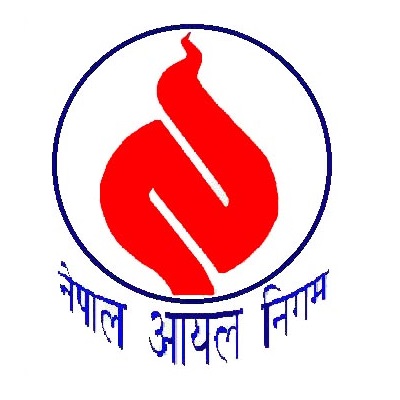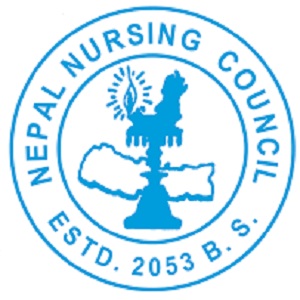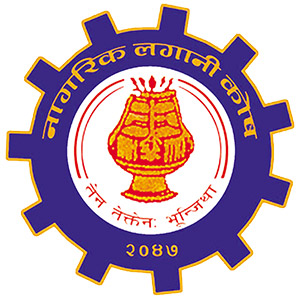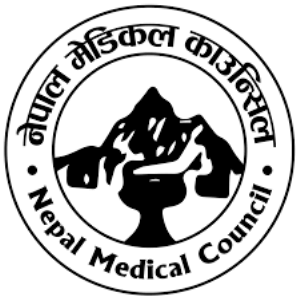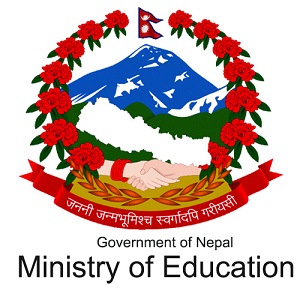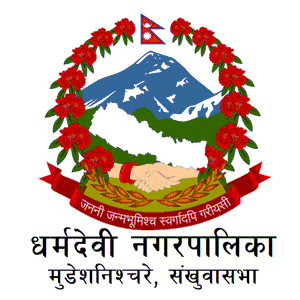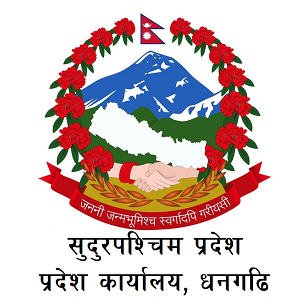Overview
Electricity Utility Service of Nepal Electricity Authority (NEA)
Nepal Electricity Authority (NEA) is the principal public utility responsible for electricity generation, transmission, distribution, and retail in Nepal. Established under the NEA Act of 1984 and operational since 1985, NEA functions as a vertically integrated utility with national-level jurisdiction. It serves as the backbone of Nepal's energy infrastructure, covering both urban and rural electrification through a centralized and expanding grid.
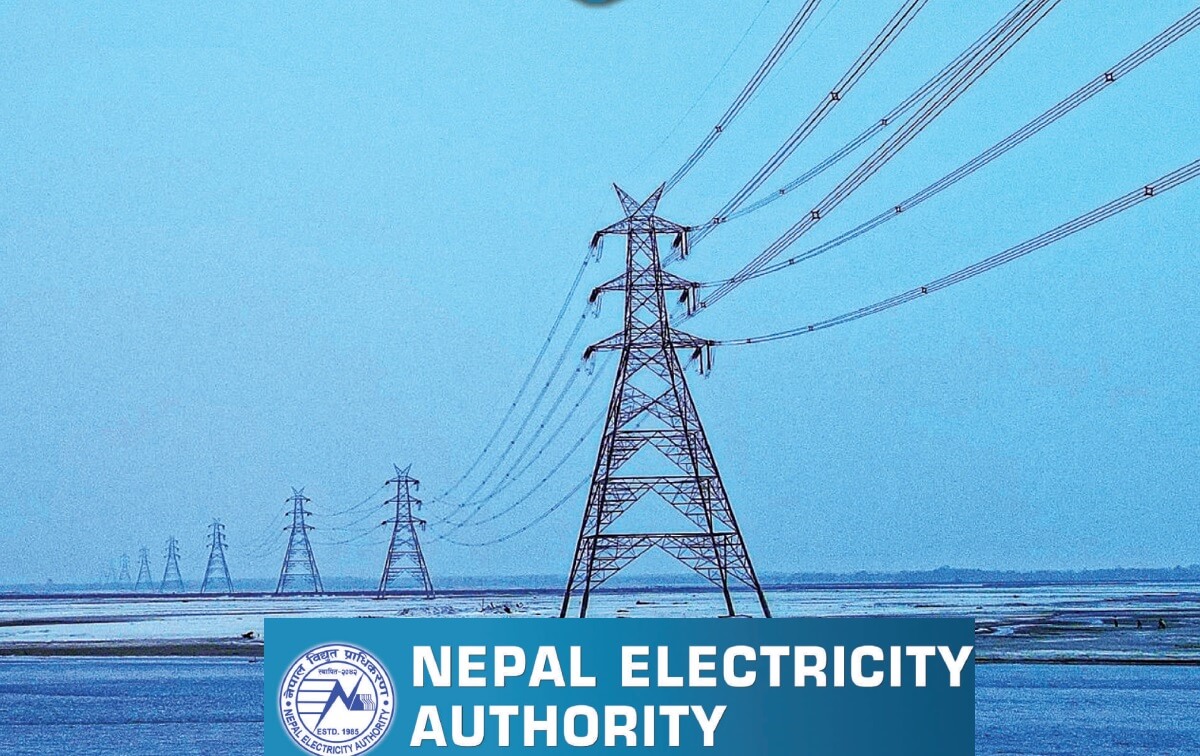
Core Electricity Utility Functions of NEA
1. Power Generation
NEA operates a portfolio of hydropower plants—both large and small-scale—along with thermal generation units and some solar capacity. As of the latest records:
-
NEA owns and operates more than 25 hydropower plants with a combined installed capacity of over 1,000 MW.
-
Key assets include Kulekhani I & II, Middle Marsyangdi, Kali Gandaki A, and Trishuli.
-
It has recently expanded investments into solar generation and diesel standby plants for emergency needs.
In addition to its own plants, NEA purchases electricity from Independent Power Producers (IPPs) under Power Purchase Agreements (PPAs), primarily those based on hydroelectric power.
2. Power Transmission
NEA manages Nepal’s high-voltage transmission infrastructure that links generation centers to demand hubs.
-
Transmission voltages include 400 kV, 220 kV, 132 kV, and 66 kV levels.
-
It operates over 5,000 km of transmission lines nationwide.
-
NEA has commissioned multiple strategic transmission corridors, including:
-
Hetauda-Dhalkebar-Inaruwa (HDI) 400 kV line
-
Nijgadh-Bardibas 220 kV line
-
Upper Tamakoshi Hydropower dedicated a 220 kV line
-
Transmission System Operation is supervised through Load Dispatch Centers (LDCs) that ensure load balancing, frequency regulation, and voltage control.
3. Power Distribution
NEA is the sole public electricity distributor across all 77 districts of Nepal, delivering electricity to residential, industrial, commercial, and agricultural users.
-
The distribution network comprises over 150,000 km of low- and medium-voltage lines.
-
Service voltages include 33 kV, 11 kV, and 400/230 V (LT).
-
As of 2024, NEA serves over 5.5 million registered consumers.
To enhance efficiency and reduce technical losses, NEA is implementing:
-
Smart metering projects in Kathmandu and major cities
-
Loss reduction programs (targeting <15% loss)
-
Customer service automation through online billing, mobile apps, and e-payment gateways
4. Electricity Retail and Consumer Services
NEA functions as the sole electricity retailer for most of Nepal. Its retail functions include:
-
Meter reading, billing, and collections
-
New connection and service upgrades
-
Load shedding management (historically, now eliminated)
-
Complaint resolution via provincial and division offices
-
Smart consumer interfaces (NEA Mobile App, Web Portal)
NEA’s customer service model is divided into:
-
Provincial Distribution Offices (Koshi, Bagmati, Madhesh, etc.)
-
Division Offices for local service delivery
Service Reach and Coverage
NEA’s electricity utility service covers nearly 97% of Nepal’s population, as per 2023 data from the Ministry of Energy, Water Resources, and Irrigation.
Highlights:
-
Urban electrification is nearly universal.
-
Rural access is achieved through grid extension and off-grid mini/micro-hydro projects (often managed via NEA or local cooperatives).
-
NEA aims for 100% electrification by 2026, in line with the Government of Nepal’s SDG and LDC graduation commitments.
Policy, Regulation, and Tariffs
NEA’s services operate under policies and tariffs regulated by the Electricity Regulatory Commission (ERC) of Nepal.
-
Tariffs are structured based on consumption slabs, consumer categories (residential, commercial, industrial), and time-of-day usage.
-
Subsidies are provided to Lifeline (low-income) consumers, allowing them to use up to 20 kWh per month.
-
The NEA submits annual cost data and tariff proposals to the ERC, which conducts public hearings and approves them.
Operational Efficiency and Reforms
NEA has undergone substantial reforms to improve electricity utility service in Nepal:
Institutional Reforms
-
Decentralization through 7 provincial offices and 2 metro-level divisions (Kathmandu and Pokhara)
-
Automation of revenue systems and smart grid pilot initiatives
Technical Reforms
-
SCADA and smart grid deployments in load centers
-
High-voltage substation upgrades and regional dispatch coordination
-
Integrated Geographic Information System (GIS) for asset tracking
Financial Reforms
-
Shift to performance-based budgeting
-
Annual financial audits and transparency through public reports
-
Revenue increase via industrial and cross-border sales (to India)
Challenges in Utility Service
Despite progress, NEA faces challenges in utility service delivery:
-
Transmission bottlenecks during the monsoon generation of surpluses
-
Right-of-way issues in hilly and urban areas
-
High technical losses in certain rural and fringe areas
-
Delays in procurement and contractor mobilization for infrastructure upgrades
Major Initiatives for Utility Improvement
-
Distribution System Strengthening Program (DSSP) funded by ADB and JICA
-
Rural Electrification Projects under the Government of Nepal financing
-
Smart Metering Implementation (Phase I completed in Kathmandu)
-
Cross-Border Transmission Projects (e.g., Dhalkebar-Muzaffarpur 400 kV)
Public Interface and Digital Services
NEA has launched several digital tools to enhance utility access and transparency:
-
NEA Mobile App: View bills, pay online, register complaints
-
Online Billing & eSewa/Khalti Integration
-
SMS Notification System for outages and meter readings
-
NEA Call Centers and Regional Help Desks
Contribution to the National Economy
-
Electricity from NEA powers over 40% of Nepal’s industrial GDP
-
Exports to India contribute millions in foreign currency annually
-
Reliable electricity supply supports ICT, agriculture, education, and health services
Conclusion
The Nepal Electricity Authority’s electricity utility service is a central component of the nation’s economic growth and public service delivery. From generation to consumer billing, NEA continues to modernize its systems and extend its reach to ensure affordable, reliable, and sustainable energy for all.


